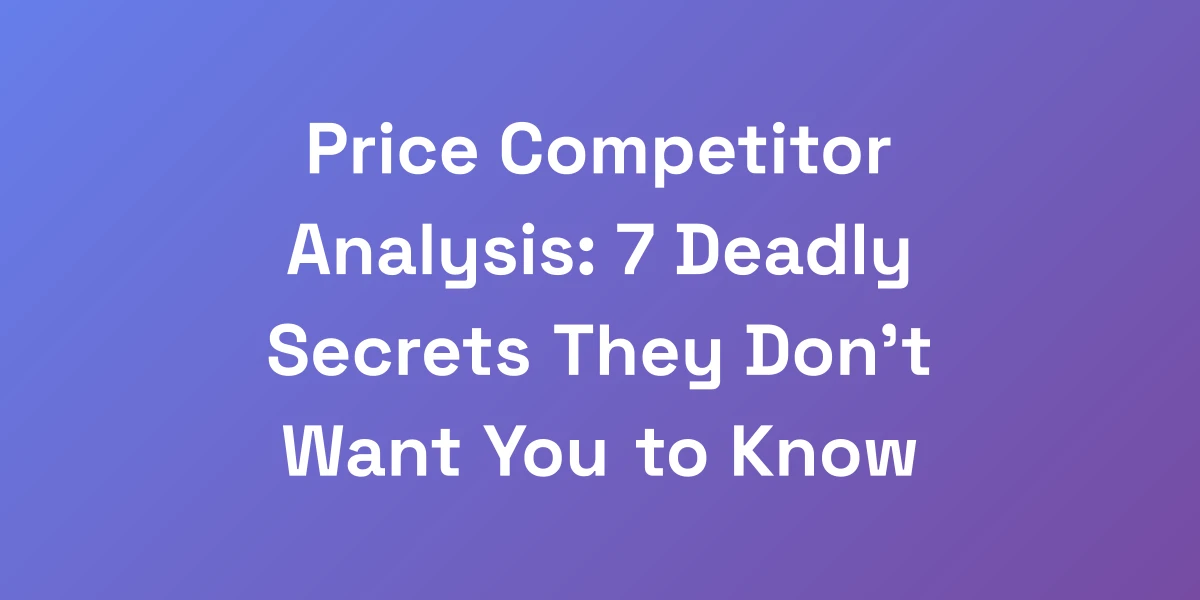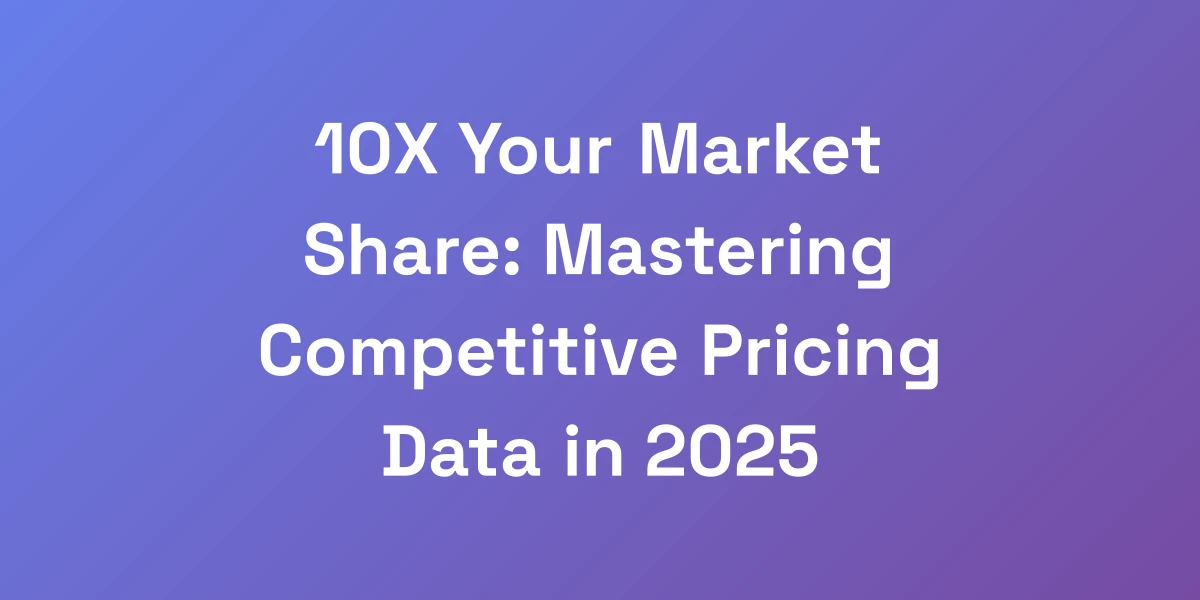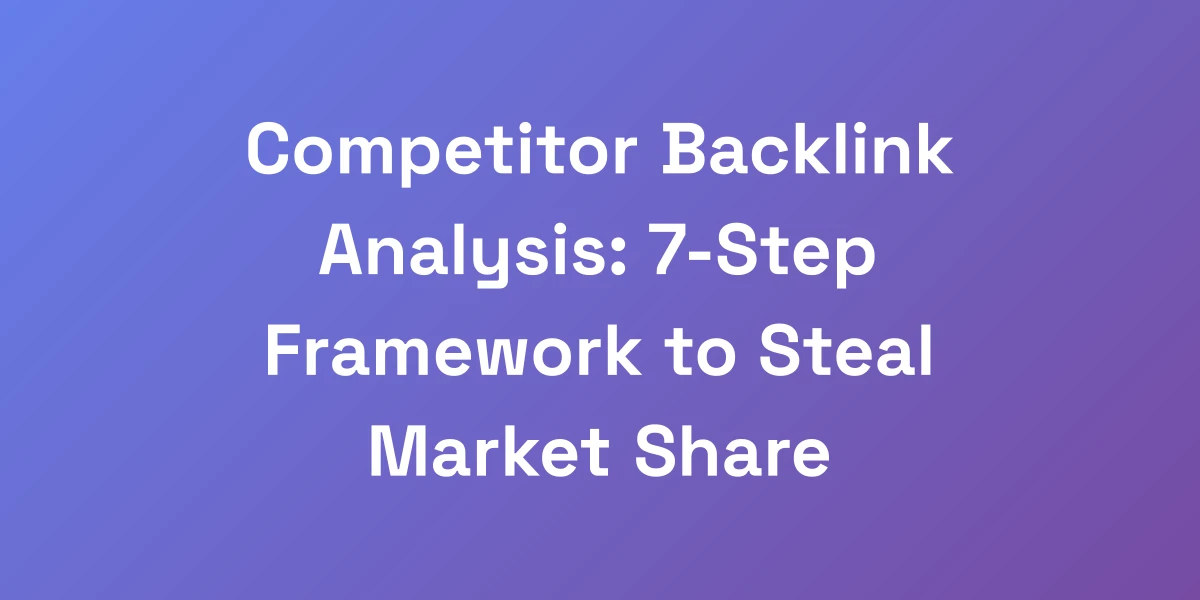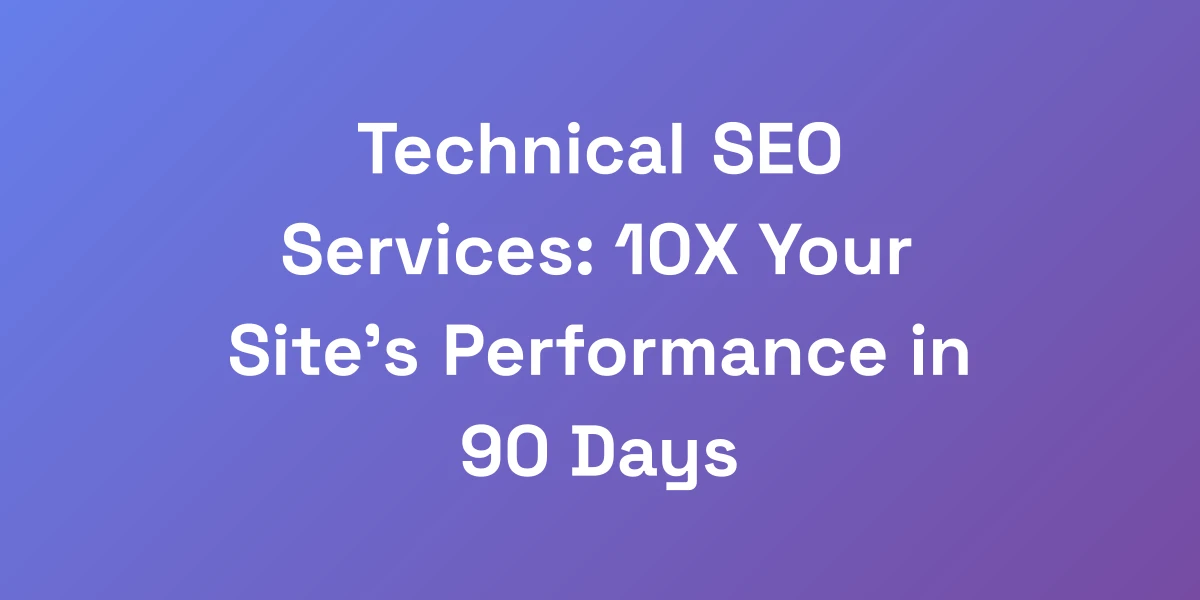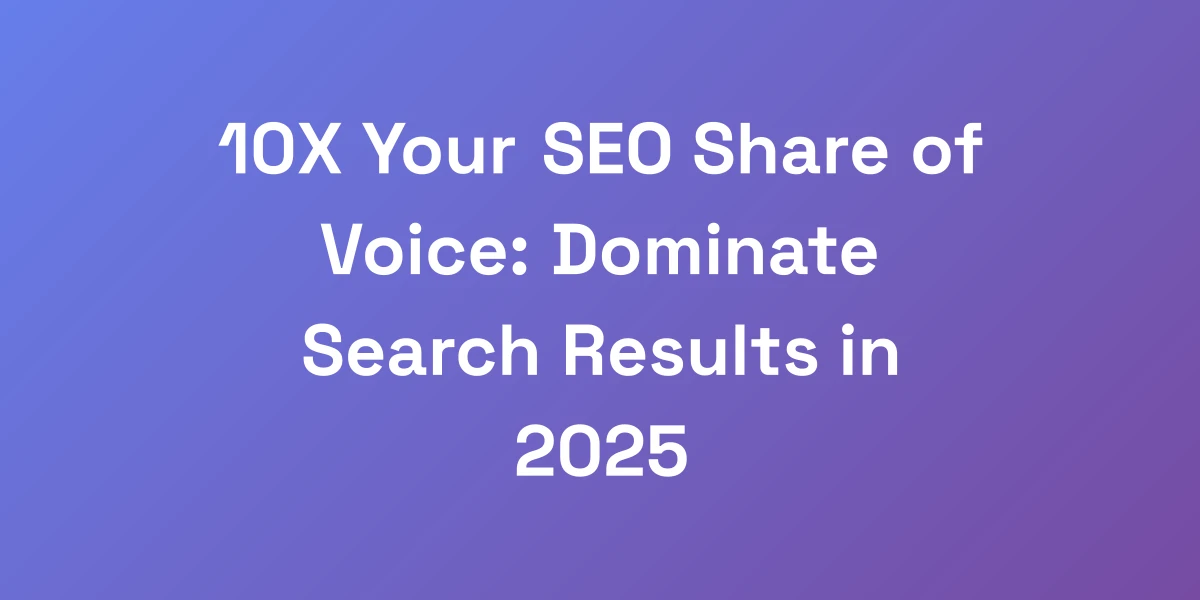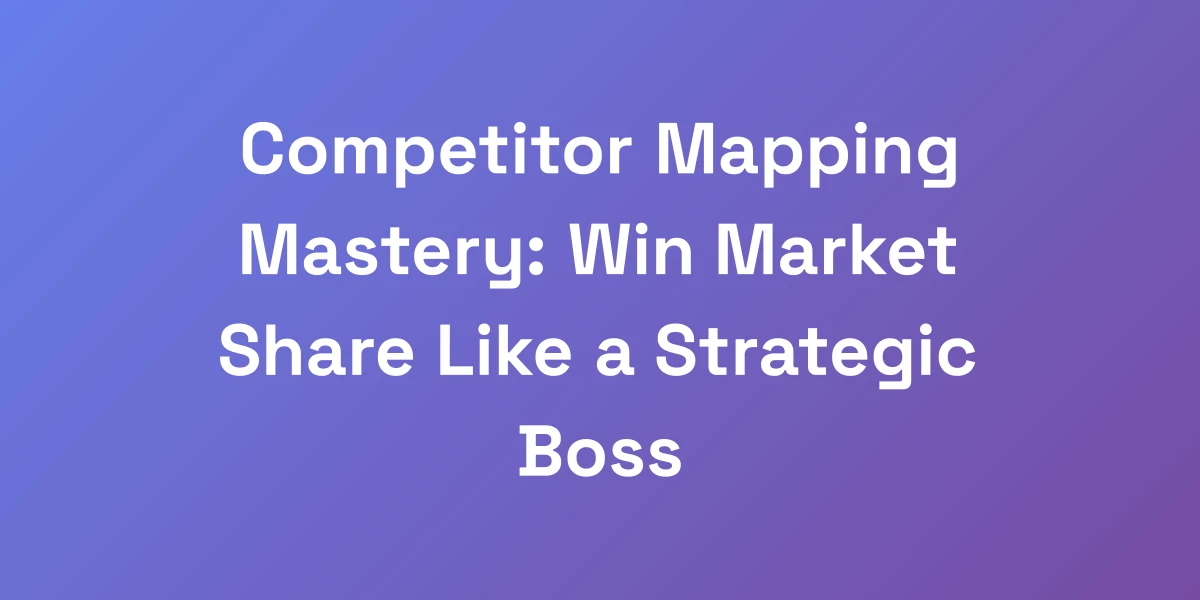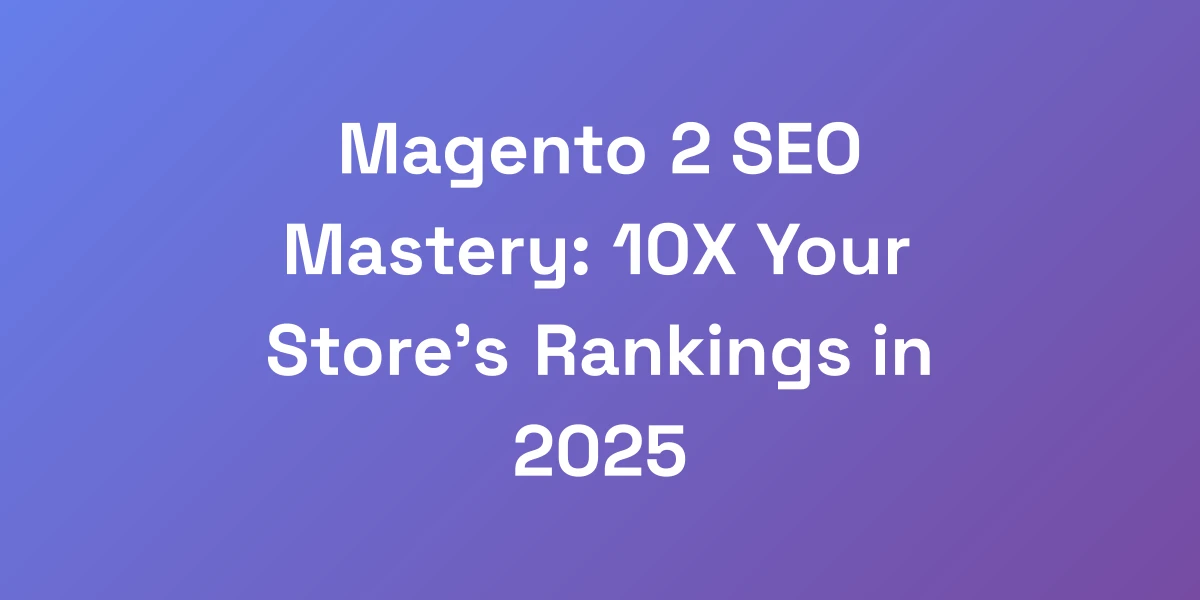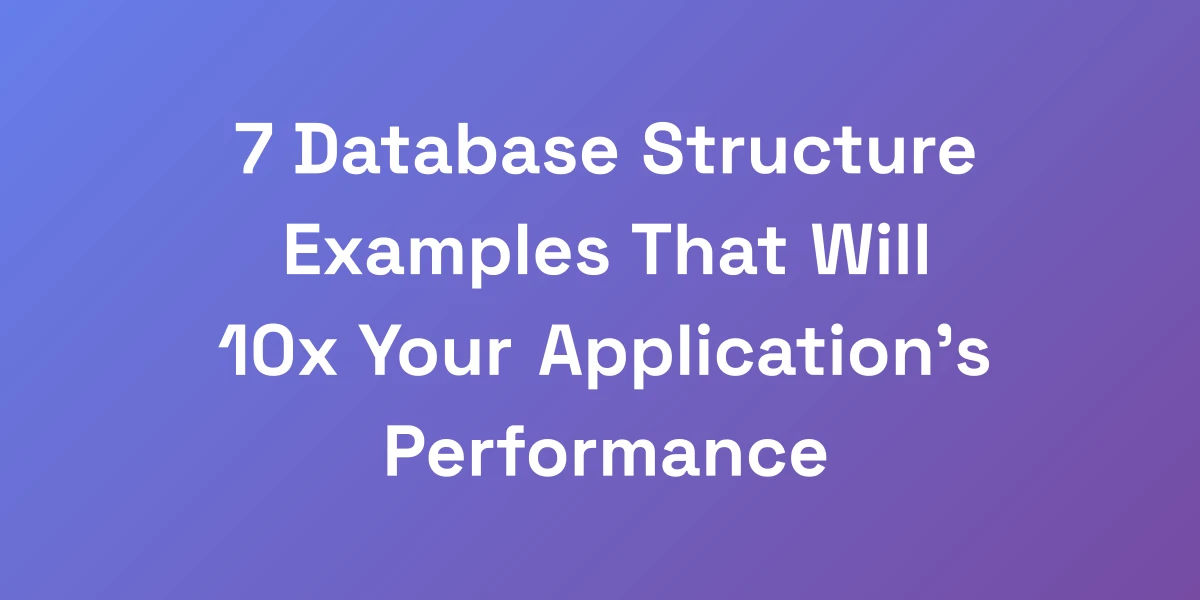10X Your Market Intel: Competitor Tracking Secrets They Don’t Share
Mar 11, 2025 | By [email protected]
10X Your Market Intel: Competitor Tracking Secrets They Don’t Share
Ever felt like you’re playing chess while your competitors are stuck on tic-tac-toe? We’ve all been there, watching others make moves while we scramble to keep up.
But what if you could 10X your market intel and start predicting their every move? Imagine flipping the script—turning competitor tracking from a chore into your secret weapon.
Here’s the reality: most businesses are blind to the true potential of competitor tracking. They focus on the wrong metrics, use the wrong tools, and ultimately, miss out on game-changing insights.
We’re here to change that. This isn’t just another guide filled with fluff and buzzwords. We’re diving deep into the strategies and systems that actually work, pulling back the curtain on secrets your competitors wish they kept to themselves.
Ready to stop reacting and start predicting? Let’s get into the trenches and uncover the competitor tracking secrets they don’t share.
Why Most Businesses Fail at Competitor Tracking (And How to Fix It)
Let me hit you with some truth: 90% of businesses are doing competitor tracking wrong. They’re wasting time on vanity metrics and surface-level data that doesn’t move the needle.
I’ve spent millions testing different approaches, and here’s what I know for sure – effective competitor tracking isn’t about tools, it’s about systems.
When you understand the game being played around you, you can stop reacting and start predicting.
This isn’t just about watching your competition; it’s about leveraging their moves to multiply your market advantage.
The Hidden Cost of Poor Competitor Intelligence
Underestimating the power of competitive intelligence and market research can drain your resources silently. Without accurate insights, businesses often allocate their budgets inefficiently.
- Lost Opportunities: Failing to spot emerging trends means missed chances to innovate ahead of the curve.
- Wasted Marketing Spend: Without understanding what works for your competitors, marketing efforts can fall flat.
- Strategic Blind Spots: Overlooking competitor strengths can leave your business vulnerable to unexpected moves.
For instance, a company might invest heavily in a marketing channel that their competitor has already optimized, leading to unnecessary expenditure with minimal returns.
Common Tracking Mistakes That Drain Your Resources
Many businesses fall into the trap of tracking for the sake of tracking, without a clear strategy.
- Focusing on Vanity Metrics: Metrics like social media followers might look good, but they don’t always translate to meaningful business growth.
- Using Too Many Tools: Juggling multiple tools can lead to fragmented data and wasted budgets. Instead of 20 tools, streamline your approach with what truly matters, such as the best price trackers.
- Lack of Clear Goals: Without specific objectives, competitor tracking becomes aimless, making it difficult to derive actionable insights.
Imagine trying to navigate a complex map with too many irrelevant landmarks. It slows you down and leads to confusion, rather than clear, strategic pathways.
The Psychology Behind Successful Market Analysis
Understanding the psychological aspects can turn your competitor analysis from good to great.
- Behavioral Insights: Analyzing competitors’ actions helps predict their future moves. Are they expanding their product line? Maybe they’re preparing to enter a new market.
- Decision-Making Processes: Knowing how competitors make decisions can give you an edge in anticipating their next steps.
- Market Sentiment: Gauging the overall market mood can help you align your strategies with broader trends.
It’s like having a window into your competitor’s playbook, allowing you to outthink rather than outspend.
Metrics That Actually Matter (And Those That Don’t)
Not all metrics are created equal. Here’s where to focus and where to cut loose.
- Essential Metrics:
- Market Share
- Customer Acquisition Cost (CAC)
- Product Development Pace
- Revenue Growth Rate
- Metrics to Ignore:
- Social Media Likes without engagement
- Total website traffic without quality analysis
- Vanity metrics like number of downloads without active usage data
Focusing on these key metrics ensures you’re not just collecting data for the sake of it but driving decisions that lead to real growth.
Setting Up Your Competitive Intelligence Framework
Building a robust framework is non-negotiable for effective competitor tracking.
- Define Your Objectives: What do you want to achieve? Market expansion, product innovation, or [SEO for startups](https://autoseo.io/blog/seo-for-startups/).
- Identify Key Competitors: Focus on those who are directly impacting your market or have the potential to do so.
- Data Collection Methods: Use a mix of [AI-powered SEO automation tools](https://autoseo.io/blog/seo-automation/) and manual research to gather comprehensive data. For a detailed competitive analysis example, refer to specialized guides.
- Analysis and Interpretation: Turn raw data into actionable insights with clear analysis strategies.
- Implementation Plans: Develop strategies based on your findings and monitor their impact continuously.
Think of your framework as the backbone supporting your entire competitor tracking system. Without it, everything else collapses.
The Ultimate Competitor Tracking Stack for 2025
Stop throwing money at random tools. Your tech stack should be a weapon of mass disruption, not a costly collection of unused features.
After testing hundreds of tools and spending over $500K on software, I’ve identified the exact combination that delivers ROI.
Here’s the truth – you don’t need 20 different tools. You need the right tools working together in perfect harmony.
I’m going to show you how to build a tracking system that costs less than your coffee budget but delivers million-dollar insights.
Core Tools Every Business Must Have
Your foundation starts with these indispensable tools:
- Google Analytics: Essential for tracking website traffic and user behavior.
- SEMrush: Great for keyword tracking and SEO analysis.
- Ahrefs: Perfect for backlink analysis and competitor SEO strategies.
- HubSpot: For managing and analyzing your marketing efforts.
These tools provide the critical data points you need to understand your competitors’ online presence and strategies.
Advanced Tools for Scaling Companies
As you scale, these advanced tools become necessary:
- Quintly: Offers deep social media analytics to track competitor performance across platforms.
- Bright Data: Provides AI-driven competitor analysis and promotion tracking.
- Prisync: Detailed competitor pricing analytics and Digital Shelf Management.
Additionally, leveraging advanced AI tools for competitor research and analysis can significantly enhance your data processing and insight generation capabilities.
Integration Strategies for Maximum Impact
Integration is key. Your tools should talk to each other seamlessly.
- API Connections: Utilize APIs to connect your tools, ensuring data flows smoothly between them.
- Dashboard Consolidation: Use platforms like Tableau or Power BI to create unified dashboards.
- Automation Tools: Tools like Zapier can automate data synchronization, saving time and reducing errors.
By integrating your tools, you create a cohesive system where data is easily accessible and actionable.
Automation Secrets for 24/7 Monitoring
Automation, such as search engine optimization automation, ensures you’re always in the loop, reacting instantly to changes as they happen.
- Scheduled Reports: Set up automated reports to receive updates without lifting a finger.
- Real-Time Alerts: Configure alerts for significant competitor moves or market changes.
- Data Scraping: Use tools like ScrapeHero to gather real-time data from competitor websites, leveraging the robotic process automation market.
Automation ensures you’re always in the loop, reacting instantly to changes as they happen.
Cost-Effective Alternatives to Premium Tools
Not every business can afford premium tools. Here are some cost-effective alternatives:
- Ubersuggest: A budget-friendly SEO tool for keyword tracking and competitive analysis.
- SpyFu: Offers competitive intelligence on keywords and ad strategies at a lower cost.
- Google Alerts: Free tool for monitoring competitor mentions and updates online.
- Price2Spy: Priced modestly for small businesses needing price tracking without breaking the bank.
- Skuuudle: Scalable pricing data solutions suitable for startups and growing businesses.
These alternatives provide substantial value without the hefty price tag, allowing you to stay competitive without overspending. For freelancers, strategies from SEO for freelancers can help maximize these benefits.
Building Your Custom Dashboard
A custom dashboard is your command center for all competitor tracking activities.
- Choose the Right Platform: Tools like Tableau, Power BI, or Google Data Studio are excellent choices.
- Select Key Metrics: Focus on the metrics that matter most to your business objectives.
- Visualize Data Effectively: Use charts, graphs, and heat maps to make data easily digestible.
- Enable Real-Time Updates: Ensure your dashboard refreshes automatically to provide the latest insights.
With a custom dashboard, you streamline data analysis and make informed decisions faster.
